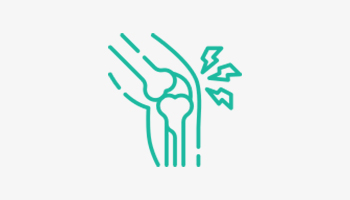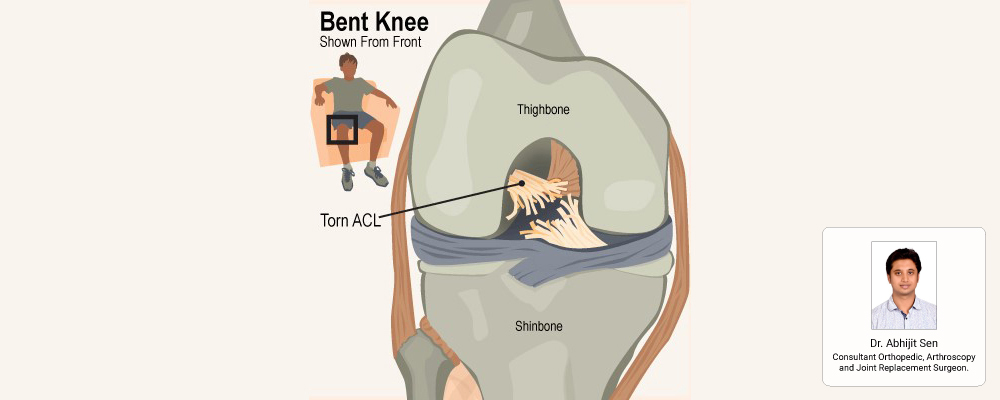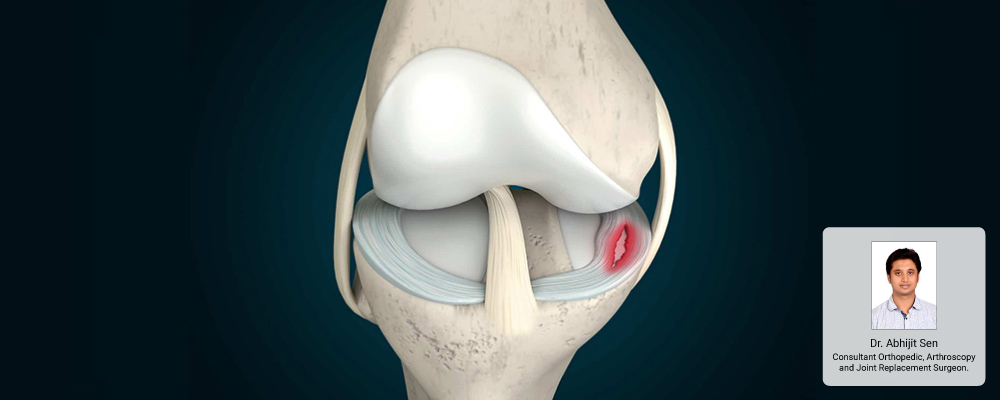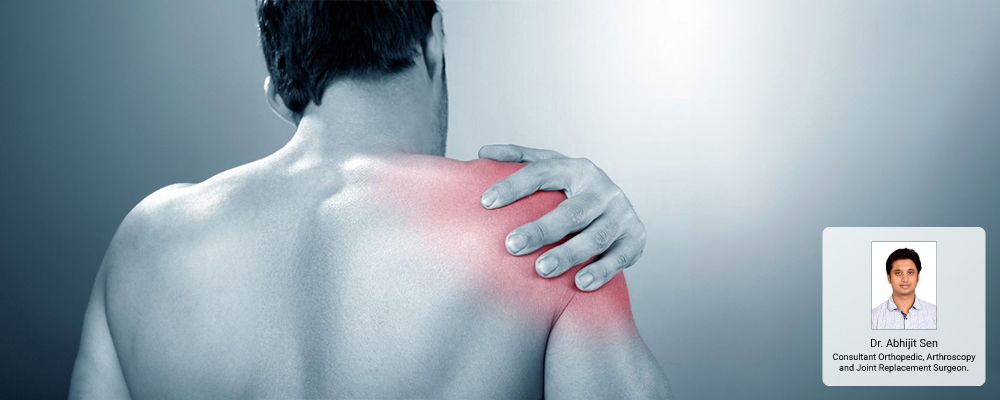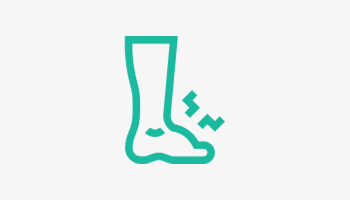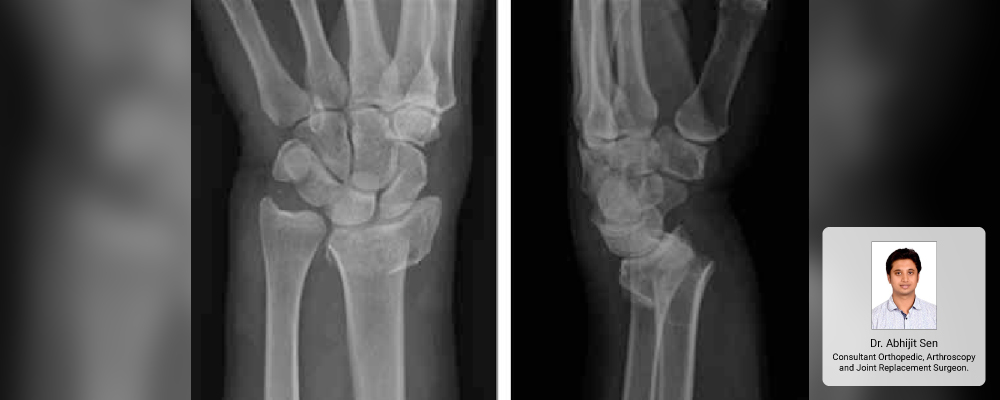
Dr. Abhijit Sen excels in the treatment of fractures, utilizing advanced techniques to ensure optimal healing and restoration of function. His approach combines modern surgical methods with personalized rehabilitation plans, catering specifically to the needs of each patient. As a seasoned orthopaedic surgeon, Dr. Sen’s expertise in managing complex fractures makes him a trusted choice for patients seeking high-quality care and swift recovery, ensuring they return to their daily activities with confidence.
Fracture means breakage of a bone. Fracture may occur following an injury or without an injury also. If your bone is weak due to osteoporosis or bone cyst or any other reason bone may break without any definite injury. If u sustain an injury and have significant amount of pain, seek immediate care from a medical professional or attend the emergency department of any hospital.
What you need to do as a first aid-
- Try to immobilize the injured part of the limb with any splint like peach board or wooden stick
- If you apply crepe bandage, do not over-tighten it; otherwise, it may compromise blood circulation
- Apply an ice pack or cold water (Do not apply heat to alleviate pain, it will increase the swelling and inflammation)
- If you sustain injury to your spine or lower limb like the hip region, thigh, knee, leg, ankle or foot; try not to walk
- if there is bleeding from fracture site that means you have got a wound, wash it thoroughly if it is contaminated and keep this area clean, and seek immediate medical help
- if your old parents or grand-parents had a fall over ground and have pain in groin or spine, keep them in bed rest until you consult your doctor


